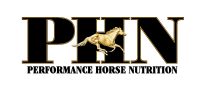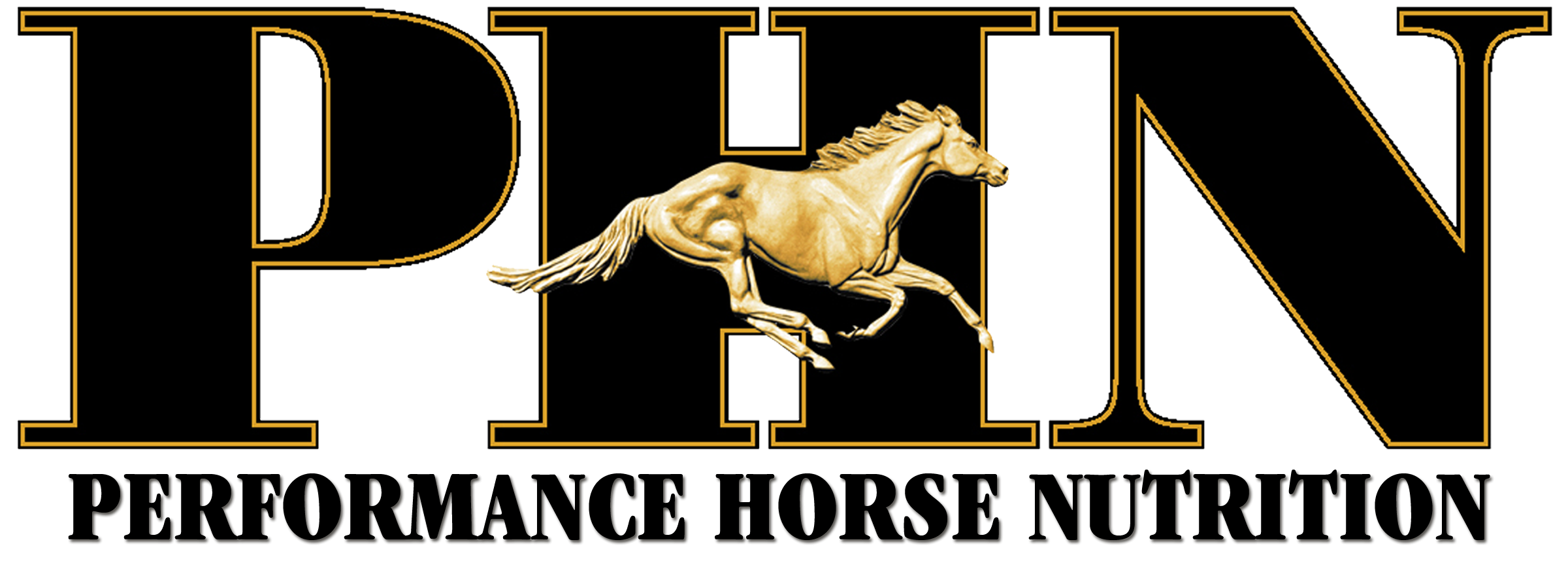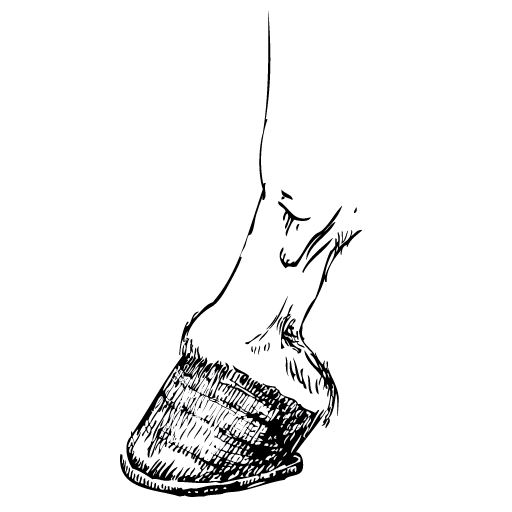UNDERSTANDING
LAMINITIS
December 2014

Written by Performance Horse Nutrition
What is it?
Laminitis is inflammation of the laminae of the foot. The laminae are tiny finger like structures in the hoof that interlock to join the coffin bone to the hoof wall effectively suspending the bones of the foot inside the hoof wall. Inflammation damages the laminae making them unable to hold the coffin bone in place. With the weight of the horse pushing the coffin bone toward the ground and the pull of the deep digital flexor tendon rotating the coffin bone, the coffin bone will sink and rotate within the hoof. This process is extremely painful to the horse and results in lameness.
What are the symptoms?
The symptoms of laminitis are of pain and can range in severity from: no perceptible pain/lameness (sub-clinical laminitis) but evidence of laminar damage, e.g. hoof rings and/or stretched white line is found in the feet, to mild clinical laminitis where the horse shows a slight shortening of stride, “feels his feet” on hard or stony ground , strong digital pulse, slightly increased heart and respiration rate, likely still eating, to total refusal to move or pick up feet, lying down a lot, heart rate may be over 80 bpm, respiration rate may be over 60 breaths/min, sweating, & muscles rock hard.
What are the causes?
Laminitis is the result of many disease conditions. Risk factors for developing laminitis include: carbohydrate (sugar, starch, fructan) overload, colic, diarrhea, excessive concussion, retained placenta, drug reactions, systemic infection, injury, obesity, genetics, and insulin resistance. Controlling the risk factors and preventing laminitis is easier than the cure.
Diagnosis:
It’s not always simple to diagnose laminitis. Acute laminitis may be mistaken for colic or tying up. Lameness due to laminitis may be misdiagnosed as hock lameness, bruised sole, and abscess. Generally if in doubt, assume laminitis until proven otherwise.
Feeding & Management:
Nutrition counter measures to avoid laminitis include the following. The base diet should consist of forage and fiber rather than sugar and starch. Feeds with a combined sugar and starch content of less than 10% should be fed to these horses. If horses need to gain condition, consider adding dietary fat as an energy source. Feed smaller more frequent meals rather than large single meals. Make all dietary changes slowly (7-10 days). Control body weight and body condition with regular exercise to prevent obesity and insulin resistance. Horses should be maintained in a body condition score between 4 and 6. Consider not grazing at risk horses. If grazing is allowed, using a grazing muzzle and grazing early in the morning can help reduce the ingestion of high sugar grasses.
– Dr. Stephen Duren & Dr. Tania Cubitt
Dr. Tania Cubitt & Dr. Stephen Duren, Performance Horse Nutrition
What is it?
Laminitis is inflammation of the laminae of the foot. The laminae are  tiny finger like structures in the hoof that interlock to join the coffin bone to the hoof wall effectively suspending the bones of the foot inside the hoof wall. Inflammation damages the laminae making them unable to hold the coffin bone in place. With the weight of the horse pushing the coffin bone toward the ground and the pull of the deep digital flexor tendon rotating the coffin bone, the coffin bone will sink and rotate within the hoof. This process is extremely painful to the horse and results in lameness.
tiny finger like structures in the hoof that interlock to join the coffin bone to the hoof wall effectively suspending the bones of the foot inside the hoof wall. Inflammation damages the laminae making them unable to hold the coffin bone in place. With the weight of the horse pushing the coffin bone toward the ground and the pull of the deep digital flexor tendon rotating the coffin bone, the coffin bone will sink and rotate within the hoof. This process is extremely painful to the horse and results in lameness.
[print-me]

